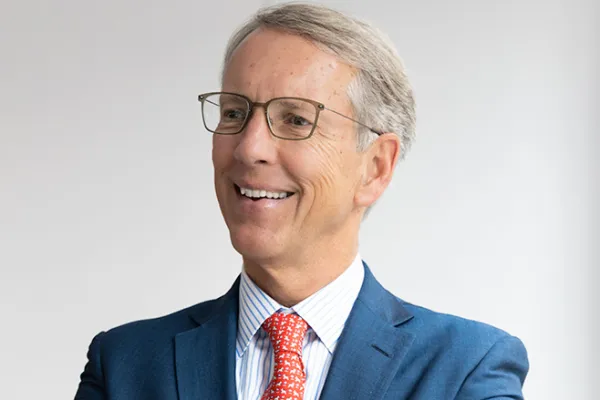While fees for outside asset managers continued to decline in 2021, some of the nation’s largest allocators don’t think that’s enough.
At least that’s the case for the State of Michigan Retirement System, which manages a total of $100 billion in assets for the state’s public employees. In a Thursday board meeting, the head of the pension’s domestic equity division stressed the role that low-cost managers play in beating market benchmarks and shared what it believes to be critical in setting up a cost-effective management team.
“The most reliable indicator of future outperformance in public equity is cost,” said Jack Behar, who oversees domestic public investment at SMRS. He added that managers with a good track record — and, subsequently, the ability to charge higher fees — often fail to beat market benchmarks in the long term. That means that selecting expensive managers based on their past performance often leads to a disappointing return profile.
One way that SMRS reduces management fees is to pick from among the best emerging managers. The pension was an early investor in Cathie Woods’ ARK Investments, and it sold a $150 million position from January to March last year “at or near the peak of ARK’s then parabolic performance,” according to Behar. Since 2016, ARK has helped generate an average return of 28.2 percent for SMRS, according to the pension’s latest quarterly report. In October, SMRS began to invest in Patient Capital, another “talented, up-and-coming manager” with an attractive fee level similar to ARK’s, Behar said.
The low-fee model worked out well for SMRS. In 2021, the pension’s domestic equity division outperformed peers and the S&P 1500 by 3.8 percentage points and 2.8 percentage points, respectively, according to its quarterly report. “By having a low-cost portfolio, we are giving ourselves a much much better chance,” Behar said.
SMRS is also expanding its in-house investment team to address fee concerns. Like the California State Teachers’ Retirement System, SMRS is trying to become an early adopter of the collaborative model and has assigned only a fifth of its domestic equity assets to external managers, according to its quarterly report. As of the end of 2021, 48 percent of the domestic equity assets are invested in internally managed index portfolios and 32 percent are in internally managed active portfolios.
“A good stock investment helps [for] a couple of years, but a good investment in people can drive returns for the pension for over 30 years,” said Behar. He added that the most important piece in the talent-searching process is passion. “Anybody who wants to be part of our division has to love it,” he said. And one way to cultivate that passion, Behar added, is to let internal members manage their own portfolios, so that they can develop a good sense of ownership.
But proponents of outsourcing investment managers said that expanding in-house teams does not necessarily bring immediate financial benefits. “[You’d] have to invest not only in human capital, but also [in] the right technology and infrastructure to manage the portfolio,” Michael Cagnina, vice president and managing director for SEI's Institutional Group at SEI Investments Company, told Institutional Investor. “In that case, you’d have to ask, ‘What’s the cost of all the salaries of all the people that work here?’”
Besides extra spending on human capital and infrastructure, there are also social considerations associated with an in-house investment team. Jon Hirtle, executive chairman of the outsourced chief investment officer firm Hirtle Callaghan, told II that sometimes a well-established internal investment office might trigger social debates over whether it is a symbol of prestige. “It may not be as simple as better net returns,” he said.
SMRS also wants to develop a diverse pool of internal managers who can connect SMRS to external managers from different cultural and socioeconomic backgrounds, a strategy that should eventually lead to a similarly diversified portfolio. As Behar explained, a key portfolio strategy for SMRS is to “leverage insights from internal management to better select talented external managers when they need money.”
Last but not least, Behar said that patience plays a critical role in picking the right portfolio managers. “Markets can be emotional,” he said. “The challenge of active management is, when you are underperforming, do you maintain confidence in your managers? That’s very hard for most people to do.”
“So, low costs, talented managers, and patience,” Behar concluded. “That’s what we try to do.”







